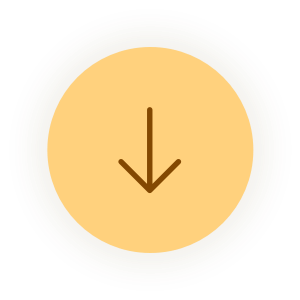
Our memories make us who we are. They shape us as people and affect how we live our lives. From the first day of school and our first love to the holiday of a lifetime and experiences with our dearest friends – treasured memories stay with us forever.
Have you ever wondered how your memory works? In an age where technology is at the forefront of our lives, we wanted to know whether there is still value in holding on to tangible memories.
A Research Professor, a Clinical Psychologist and a Therapist have given us the latest on how our brains remember in the 21st century, and just what keeping a memory box can do for us. Is there still value in keeping something tactile to hold onto our memories? Whether it’s small cardboard boxes at the top of a wardrobe, or a wooden chest tucked away under the bed, there’s something wonderful about digging out a treasured collection of items for a nostalgic trip down memory lane.
We’ve spoken to a range of different people about their memory boxes and enlisted the help of experts to try to understand whether tangible memories still hold power in the digital age.
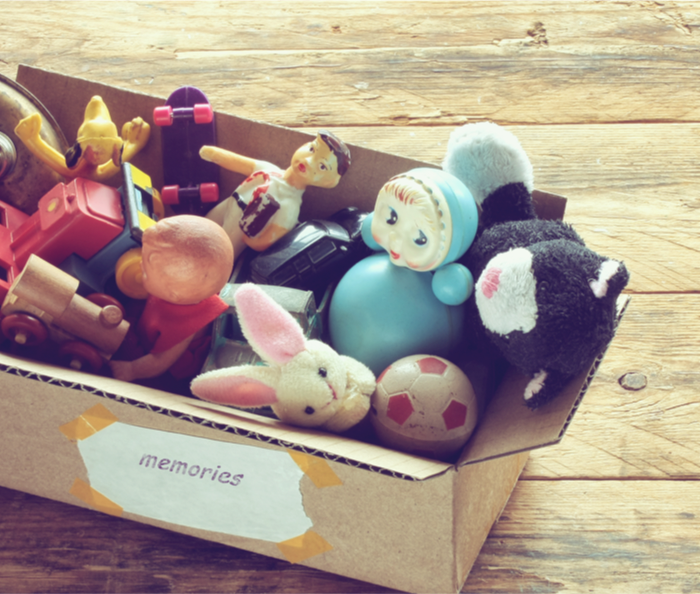
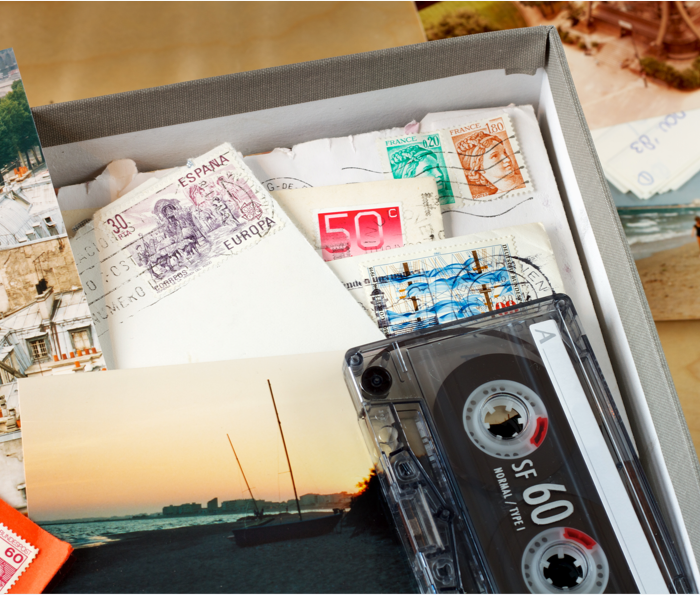



Memory boxes give us a tangible connection to our past. People keep them for a variety of reasons, but they all have one thing in common: to keep our memories from fading. Whether it’s an old ticket stub or a treasured photograph, there’s something comforting about keeping memories within the physical realm – something even more poignant in today’s digital age.
This may be because as Clinical Psychologist Dr Tony Ortega highlights, when it comes to digital “You can literally wake up and it’s gone, and it’s gone forever. It’s much more of a dramatic loss. While memory boxes aren’t quite as mobile, they are more versatile in that you can keep so much more.”
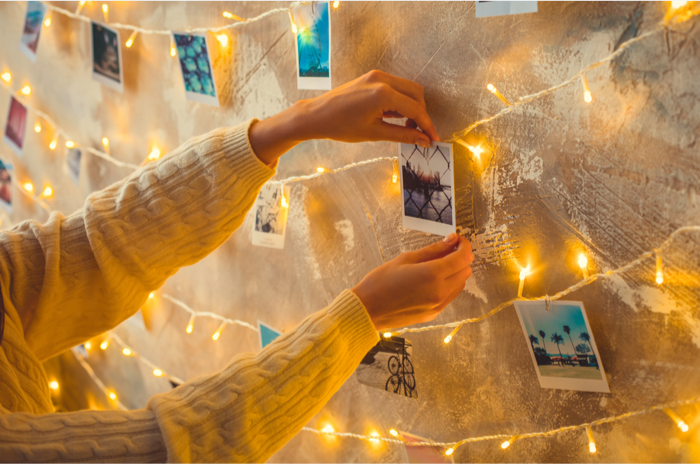
Memory boxes not only give us a gateway into the past, they provide a reminder that not everything can be digitised. In research conducted by the Horniman Museum, London, it was revealed that people who physically held objects from the museum felt a stronger connection with them than those who only viewed them. Could this translate to our relationship with memory boxes and digital memories too? Harley Street Therapist and Counsellor Laura Cordwell suggests, “The difference in experience was clear, with all those who could hold an object [they were] happy that they could do so, and all those who could view the object only, wished they had been able to hold [it].”
This suggests we seek a more intimate experience with our memories, striving for something more than we can simply see or hear. According to Cordwell, “tangible memories are important because our technology at present helps us to remember in visual or audio ways, but cannot provide experience of taste, smell or touch.” She goes on to say that, “these factors are equally important in the way we experience things and store those experiences.”
In fact, tangible memories don’t only help us to preserve a memory but pass it on too. Experts also agree that they are proven to have a positive effect on intergenerational relationships for the future. As Dr Ortego says: “It’s almost like giving a tradition to the younger generation.”
“Despite the decay and wear and tear of photographs, letters and other objects that are reminders of people and past experiences, their keeping is like holding on to those people and experiences.”
– Professor Andrew Hoskins, Research Professor in the College of Social Sciences at the University of Glasgow and Founding Editor-in-Chief of the Sage Journal of Memory Studies
Ultimately, Dr Tony Ortega believes the memories recalled via tangible means are “much more vibrant and vivid” than those triggered by non-tangible memories. This could be because our tangible memories allow us to access all our five senses simultaneously – a powerful potion for evoking our emotional triggers and transporting us to an exact time, place and moment.
A memory box preserves every part of these moments, and when you open the lid they come flooding back to us.

These days we’re moving towards an entirely digitised world. We store photos on our phones, or post them on social media sites, but few of us actually print them out anymore. The act of memory is no longer about actually remembering and is more about knowing where to look. Tickets to shows and concerts come in digital form, and email has far surpassed letter writing. The shift towards an online world means the tangible memories we do have are becoming even more precious.
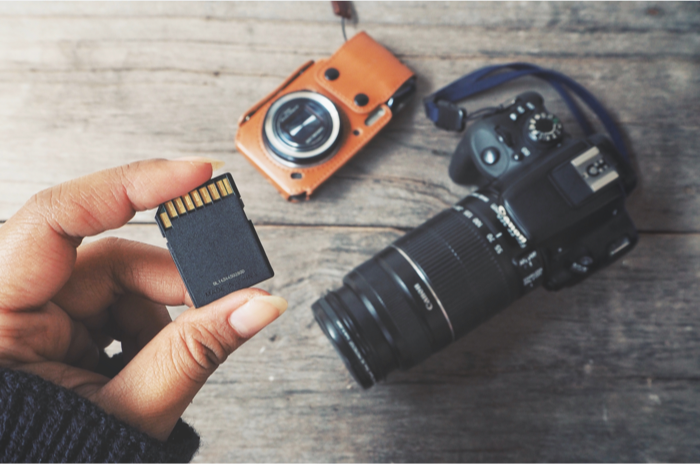
It’s true, though, that the digital nature of today’s world allows us to document, store and access more memories more easily, meaning we can access them at the touch of a button. Laura Conrad highlights that “videos and photos online can of course carry very special memories and really show the character of a person.” And, of course, there’s the added benefit of them being instantly shareable.
But does all this come at a cost? Professor Andrew Hoskins states: “We are no longer just reliant on media for memory but are now dependent on it.” Whenever we want to look back on something, we refer to our digital memories – whether that’s a photo on Facebook, a message from a far-flung friend or an online boarding pass – and it is believed this excess of ‘digital memories’ could in fact make us lose our real ones.
“We do not have any certainty over how long anything was posted or sent via social media will last, who will have access to it and when, nor who actually owns the message or photograph, or video sent or stored via digital networks and platforms.” In this way, digital memories lack the permanence of physical keepsakes.”
– Professor Andrew Hoskins, Research Professor in the College of Social Sciences at the University of Glasgow and Founding Editor-in-Chief of the Sage Journal of Memory Studies
This could also be causing a compulsion for recording all aspects of our life, making the act of recording more urgent than the actual enjoyment of the event: “The present is literally being screened out by the digital as the default way of seeing the world.”
Ultimately the digital realm offers new ways to store memories but can both imprison and liberate active human remembering and forgetting. As Lorna Conrad concludes, “photos and videos will clearly help us to remember an event, but so can smells, tastes, music, people’s faces, small objects and many other things” which we may be missing out on – especially when we are not paying attention to the physical here and now.
In this respect, physical memory boxes offer a more holistic approach to the act of remembering, encouraging us to – in the words of Dr Tony Ortega: “appreciate our memories […] much more mindfully.”

Lots of us use a memory box to help us remember special times in our lives. Though the boxes themselves can range from a basic cardboard box to an elaborately decorated wooden chest, it’s what’s inside that truly matters. We reached out to ask others about their memory boxes, and to find out exactly why they held on to the items inside. Here are just some of the wonderful responses, showcasing just how treasurable our tangible memories really are.
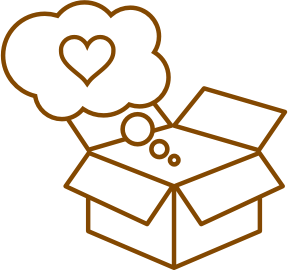
Getting a glimpse into the treasured memories of others can help us to think about what we hold dear and what we would like to remember. If you’re inspired to create your very own collection of memories, all you need to begin is a box of any kind – whether that’s an old biscuit tin, a treasured jewellery box or even simple cardboard boxes from a house move - and some of the things that bring you joy.

Professor Andrew Hoskins
Professor Hoskins is Interdisciplinary Research Professor in the College of Social Sciences at the University of Glasgow. His research connects multiple aspects of the emergent digital society: media, memory, war, conflict, security and privacy to explore holistically the interplay and impact of contemporary media and memory ecologies. He is founding Editor-in-Chief of the SAGE Journal of Memory Studies and founding Co-Editor of the Palgrave Macmillan Memory Studies book series. memorywild.com @andrewhoskins

Dr Tony Ortega
Dr Ortega is a licensed clinical psychologist, life coach, and author who has been in practice since 1992, currently serving the LGBTQ population in his private practice located in Brooklyn, New York. Tony combines cognitive behavioural techniques along with active coaching and metaphysical principles in his work with clients. He works with his clients within these three principles: Rewrite Your Story, Find Your Voice, and Live Authentically.

Lorna Cordwell
Lorna Cordwell is a therapist and Head of Counselling at Chrysalis Courses. Lorna has counselling and hypnotherapy practices in York and on Harley Street and is Head of Counselling at Chrysalis Counselling Courses where she has trained hundreds of counsellors and hypnotherapists since 2005. She offers sessions to clients for many issues specialising in stress and anxiety.